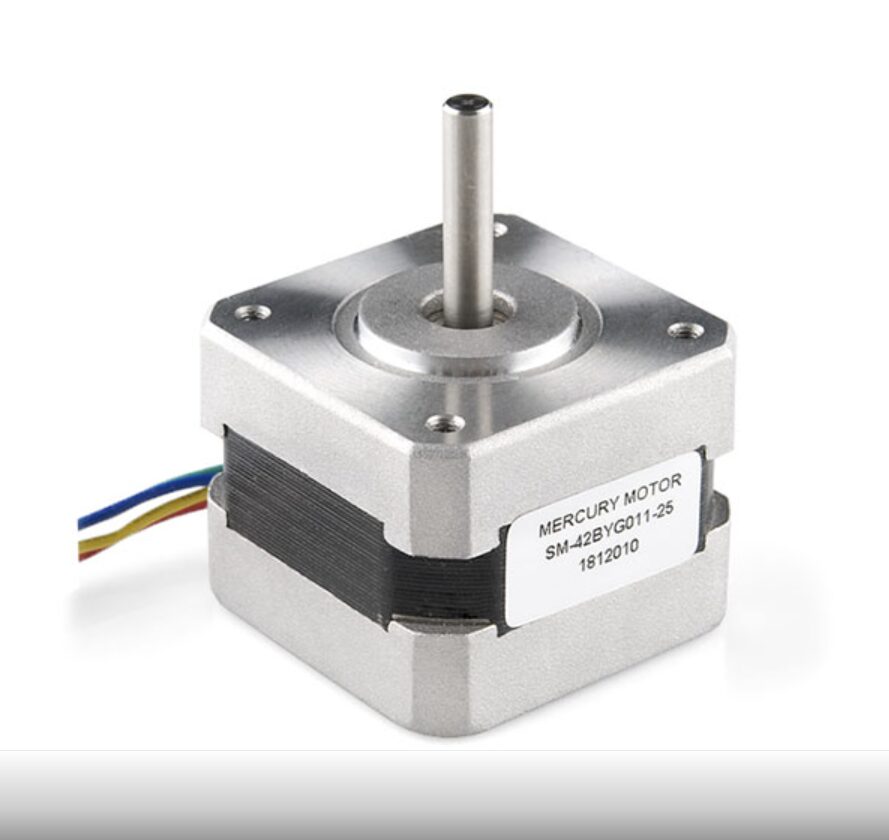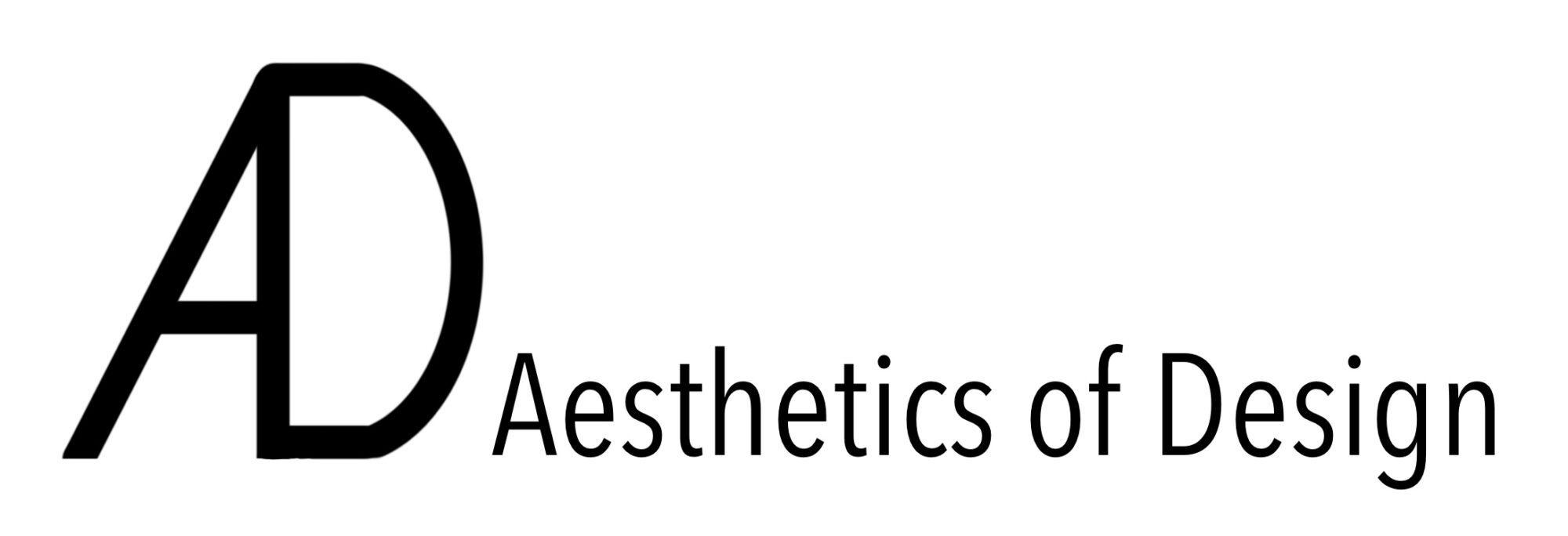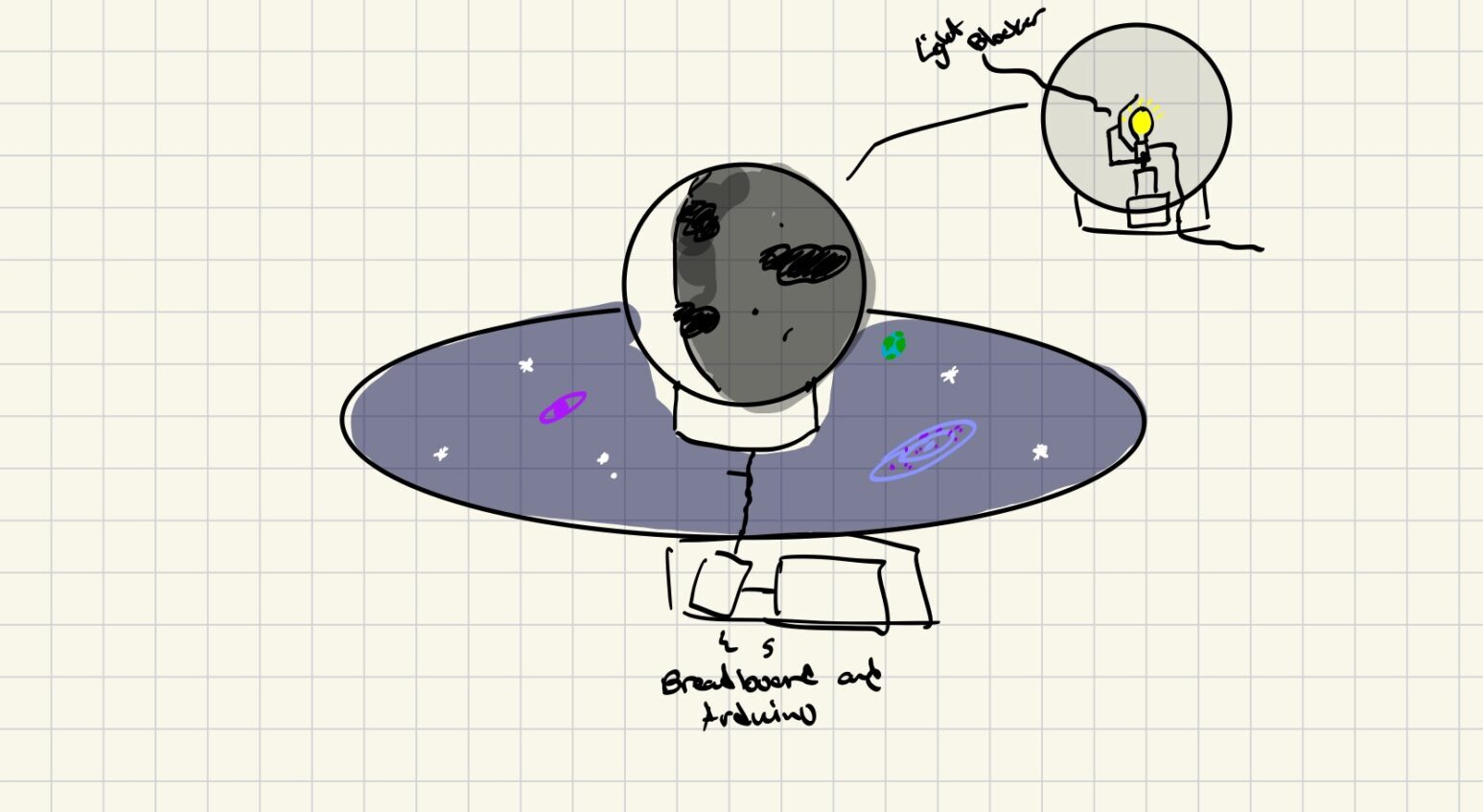Going into this project, I knew that there would be quite a few specifications that I would need to follow in order to achieve the Lunarpunk aesthetic that I am going for, as well as still allow the project to be functional. In order to make sure I achieve these goals, I have listed 5 specifications that this project will need. I ran into these specifications while brainstorming the design of this Moon Diorama. Two of them specific to the aesthetic, and three of them specific to the functionality of the project.
Aesthetic Specifications:
- The wooden base must be painted with dark blue/purple colors. It should also be decorated with Lunarpunk-esque images such as stars, planets, etc.
- The acrylic globe in the center must be painted to match the surface of the Moon with grays and possibly purples/yellows.
Functional Specifications:
- The light bulb needs to be able to rotate at a rate that allows it to match with the Moon’s phases. I have done the calculations on this in a previous post. Here is a quick reminder on what these are:
(360 degrees per cycle)/(29.5 days per cycle) = 12.2 degrees per day
12.2 degrees per day / 1.8 degrees per step = 6.77 steps per day = one step every 3.5 hours
- Next, the globe will need to be large enough to store the light bulb, the bulb fixture, and the stepper motor. There will also need to be a way to feed wires out of it in a way that they don’t interfere with the aesthetic of the project.
 Stepper Motor
Stepper Motor - Finally, the Moon Diorama will need to have an electronics case that will store the Arduino, breadboard, and the motor driver. It is very important that these electronics are away from the board, and are placed in a location where they will not interfere with the aesthetic of the project. The electronics box will be made out of acrylic so that I can see inside to make sure everything is working properly.
 Sparkfun Easy Driver
Sparkfun Easy Driver
Due to the nature of this project, there are quite a few constraints that I will run into.
- Power consumption of the stepper motor:
- The stepper motor consumes a large amount of power, and even if I only run one step every 3.5, it will be consuming the same amount of power this entire time. One way to avoid this could be through the software, creating some kind of timed shut off, but this is likely something I won’t be able to implement before expo.
- Size of the electronics box:
- All of the electronics combined are very bulky, and interfere with the aesthetic of the project. I will need to find a way to hide the electronics box so that this doesn’t happen.
- Size of the acrylic globe
- The globe will need to fit a stepper motor, and a lightbulb inside of it, while sitting at the center of the globe.
- Moon diorama phases falling behind whenever it’s turned off
- In order to keep up with the Moon’s actual phases, the stepper motor will need to run on a very specific schedule. Every time it’s turned off, it will fall behind. I can fix this by adding a way to speed up the stepper motor to match with the.
- Performance capabilities of the stepper motor.
- Unfortunately, the stepper motors that are within my budget can not turn as slow as I need them to. The smallest stepper angle that I can achieve with the motor I have purchased is 1.8 degrees.


2 Comments. Leave new
This sounds like a super cool project. I especially love the extra thought you put into making the light bulb match the moon’s phases, it shows the integrity of your design. You mention that the electronics box will be clear so you can see that everything is working properly, but I think this also plays a big part in the aesthetic. Being able to see the technology perfectly fits with the lunarpunk aesthetic. Good luck!
Hi Zoe. I agree, I think implementing the electronics into the aesthetic of the project would be a super cool goal to shoot for.